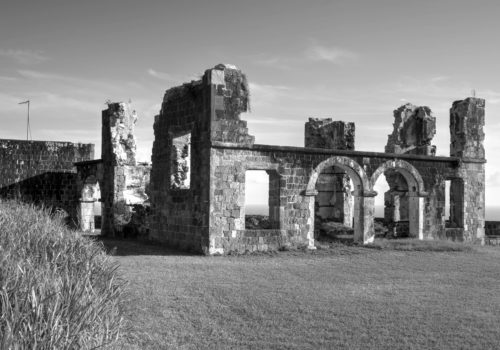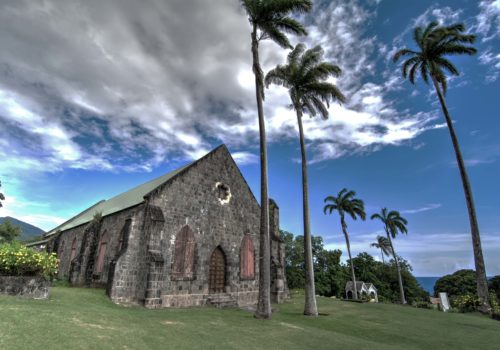History of St. Kitts & Nevis
Originally inhabited by Amerindians called Kalinago or Caribs, St. Kitts and Nevis was sighted by Christopher Columbus on his second voyage in 1493 and later colonized by the English under Sir Thomas Warner in 1623. Because of its strategic position and fertile soil, the twin-island Federation was fought over by the English and the French for many years until 1783, when the English emerged victorious. The islands remained under British control until we gained independence in 1983.
Like many other Caribbean islands, slavery was central to the development of the Federation and its economy. During this time, slaves were brought from West Africa to work the sugar plantations, which was then the main industry of the islands.


There is still much evidence of our history on the islands in the architecture as well as the names of places. The capital of St. Kitts is Basseterre (French) and one of Nevis’ beautiful beaches is on Oualie (Kalinago). Pall Mall Square in the heart of Basseterre, now called Independence Square, and Slave Alley are testaments to our African heritage.
Nevis was the first island in the Caribbean to engage in tourism when it opened the first luxury hotel, The Bath Hotel, in 1778 to accommodate visitors to its renowned volcanic hot springs which is widely credited with having healing qualities.



